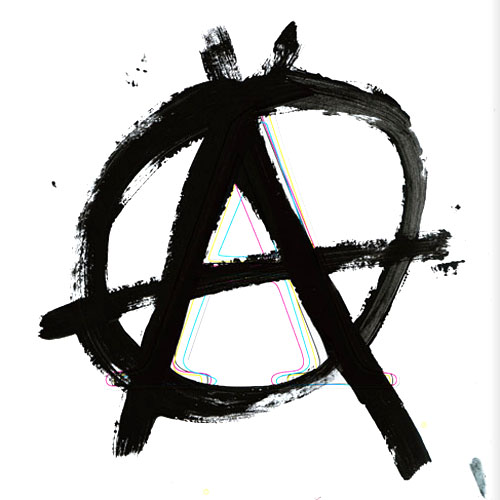Monday, February 27, 2012
Wilde: Option 1
[Posted by Julia]
In the preface, Oscar Wilde makes claims about both art and literature. He states that "the purpose of art is to conceal the artist," as well as "there is no such thing as a moral or immoral book. Books are either well written, or badly written. That is all." Is Dorian Gray truly in line with either of Wilde's arguments? How so?
Wilde: Option 2
[Posted by Sam]
After finishing the novel do you feel that Oscar Wilde is writing a cautionary tale that aims at viewers of art, or the painters of part. On that same coin, does Wilde promote the theory "art for arts sake" or is he suggesting that art has a much more profound role in the world."
Wilde: Option 3
[posted by Daniel]
Dorian Gray is concentrated beauty which is personified by his youth. Lord Henry and Basil discuss Dorian's personality but they are merely referring to his visual persona. He is shallow, he is handsome, but above all he becomes more and more corrupted and sinister while maintaining his innocent appearance as the book continues.
Dorian carries numerous aesthetic qualities and gives off an inspirational energy to artists like Basil and yet he becomes an infectious disease to everyone around him.
What is Oscar Wilde saying about the nature of aestheticism? If Dorian is truly a living piece of art, then is art destruction? Is Wilde making a statement of the dangers of vanity or the dangers of art?
Sunday, February 12, 2012
WILDE: GROUP I
 |
GROUP I
[POSTED BY REBECCA]
What do you think of the passage “Where, if not from the Impressionists, do we get those wonderful brown fogs that come creeping down our streets, blurring the gas-lamps and changing the houses into monstrous shadows”? Does Vivian truly believe that these fogs have imitated scenery by Impressionists? “There may have been fogs for centuries in London. I dare say there were. But no one saw them, and so we do not know anything about them. They did not exist till Art had invented them.” What is he trying to say?
WILDE: GROUP II
[POSTED BY AMANDA]
Why does Wilde's character Vivian so desperately want to save and encourage lying in art? And why does he claim that truth-telling is “morbid and unhealthy”? (172) How does this possibly connect to the idea of the kaleidoscope we’ve discuss in class?
(Maybe consider the contrast between a kaleidoscope view and this line from “The Decay of Lying”: “He has his tedious document bumain, his miserable little coin de la creation [“corner of the universe”], into which he peers with his microscope” (171). Also, drawing from Baudelaire’s “The Bad Glazier” might be useful too.)
Subscribe to:
Posts (Atom)




